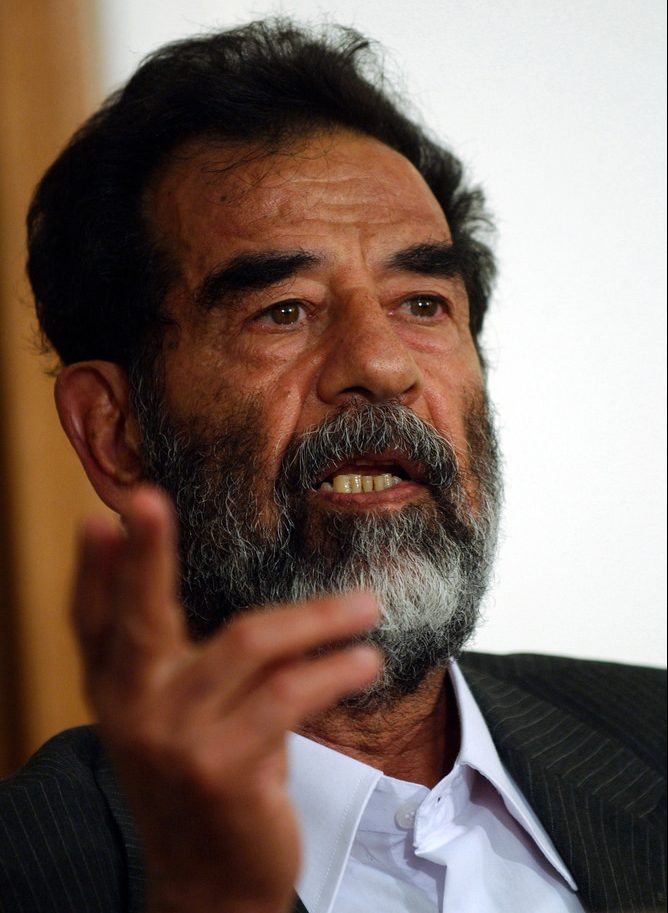Iraq
Psychological Profile of Saddam Hussein
March 2003

Former Iraqi President Saddam Hussein
Aubrey Immelman
August 27, 2008
The U.S. invasion of Iraq in March 2003 was a mistake.
More than just exacting a huge cost in American blood, treasure, and loss of international stature, our military intervention in Iraq has created complex security challenges for the United States.
Before the invasion, we had in place a very successful containment policy against Iraqi aggression — preserving a delicate balance of power between Iran and Iraq in one of the world’s most volatile regions, the Middle East.
The removal of Saddam has empowered Iran, with its nuclear ambitions, and placed Iraq under the control of Islamist Shi’ite leaders closely aligned with Iran — thereby creating an infinitely more serious threat to U.S. national security in the region than existed before the invasion.
Anticipating Muqtada al-Sadr’s and Shi’ite militias’ rise to power in the political vacuum left by removing Saddam Hussein from power

Muqtada al-Sadr, one of Iraq’s most powerful Shi’ite political clerics, in Damascus in July 2010. Sadr made a surprise return to Iraq, ending nearly four years of self-imposed exile in Iran. (Photo: Bassem Tellawi / The Associated Press)
Muqtada al-Sadr Expected to Turn Iraq into Shi’ite Theocracy After U.S. Withdraws from Iraq (July 26, 2008)
Muqtada al-Sadr Urges ‘Revenge Operations’ (Jan. 9, 2009)
Iraq Set to Elect Pro-Iran Leader (Feb. 25, 2010)
Muqtada al-Sadr on the March (March 31, 2010)
Pro-Iran Pact Emerges in Iraq (May 5, 2010)
Muqtada al-Sadr Rises to Power (Oct. 1, 2010)
In Iraq, ‘Victory’ for Iran (Nov. 12, 2010)
Muqtada al-Sadr’s Triumphant Return to Iraq (Jan. 8, 2011)
Muqtada Al-Sadr Threatens to Unleash Mahdi Army Militia (April 9, 2011)
Muqtada al-Sadr: ‘Stop Killing Americans’ (Sept. 12, 2011)










Follow Aubrey Immelman